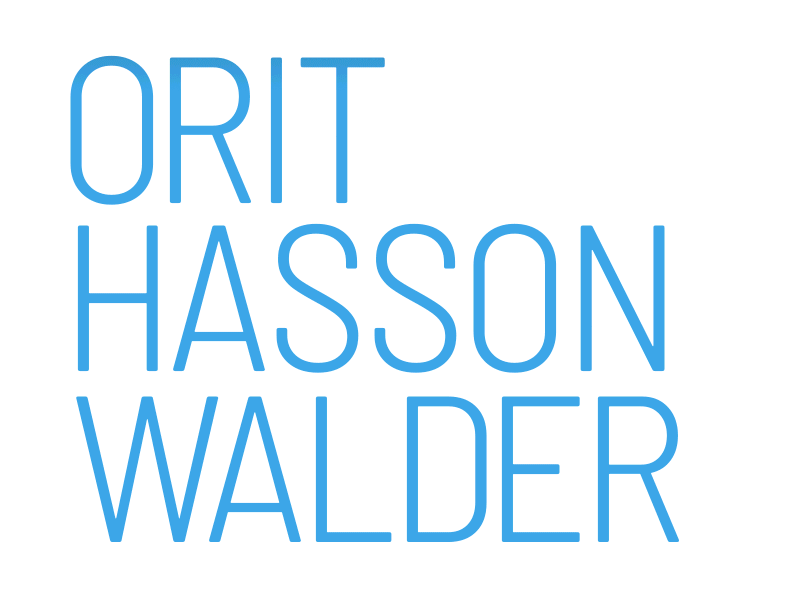BETWEEN SIBLINGS
Adi Yekoutieli
March 2001
The exhibition “Between siblings” is aimed at looking into relationships between brothers and sisters growing up in Tel Aviv, in Florentine neighborhood. The artists’s view catches the other, the unknown, the uncommon looking for universal human and familial bond. Here, in Ishur Zmani gallery, the meaning of relationships between siblings has an additional dimension. These siblings who convey a kind of strangeness in their interaction with their environment on their daily life, form actually a home to each other, a family, an isle of identity, roots and belonging.
Martha (11) Louis (9) and Felix (7) Agoular, Mali (10), and Yasmin (7) Ali Salach, Eva (10) and Yaron (7) Bouhadana live in Florentine neighborhood in Tel Aviv and go to Bialik school. The artists met them in their natural environment and the occurrence alongside the creating process took place at their homes, at the community center and at the gallery. The daily contact between the artists and the siblings, their families and the immediate surrounding created changing points of views and called for sensitivity to the difference between cultures and for reviewing authorities and issues of representation, identity and culture.
The longings of Martha, Louis and Felix who left their home and exiled to a foreign country, are bundled in the bag of those who left their home and lives behind, encountering Israel’s reality of 2000 in Florentine, a neighborhood deeply rooted in Tel Aviv’s past.
The future fantasized by Mali and Yasmin, with golden palaces, wand and throne meets the daily reality of estrangement.
Eva and Yaron bring their home reality into the gallery. The sofa, the blue wall and mother Shosh who paints flowers.
The theme of relationships between siblings, which are loaded, complex, simple, unbearable, rich and diversified, appears as early archetype in mythological and religious texts, as well as a substantial subject in the research of human psychology.
This issue has intrigued creators, artists, writers and poets. Brothers born from one uterus stand by one another as witnesses, partners to a process of life.
Ravit Cohen-Gat and Orit Walder-Hasson explore the significance of the relationships between pairs of siblings living in a Tel Aviv neighborhood with a versatile population. Through their work the artists offer a connection and mediation between the local and the other. They present art as a communicating channel between different audiences, offering an intimate acquaintance with the unfamiliar. Thus they assert the role of the artist and art as involved in raising questions and examining systems of social values.
The images, articles and objects create a space that travels among humanism, universality, locality and strangeness. The creating process has established an encounter, involvement and cooperation of siblings represented by a way of collaboration. Thus, relationships were formed between the artists, the art, the children and the families. The exhibition is displayed within the physical space of the community involved and authentically demonstrates the place and rationale underlying the creation.
Such work of artists within a community creates numerous frameworks surrounding the art creation yet built from establishing contacts with elements both inside and outside the community. The artistic experience and process shared by all: the residents of the neighborhood, the artists, family members, classmates, teachers, experts, merchants and business owners, is significant to the sense of belonging and the opportunity to getting familiar with the community.
This installation is first in a series to be created in different communities by the artists Ravit Cohen-Gat and Orit Walder-Hasson. The installations are documented on a video film and photography logs displayed in the exhibition. Each exhibition will display a new installation that fits into the location’s context. Ten additional different places are to be portrayed. This is a picture of today’s Israeli society that despite its obvious cracks enables through art to create human environments.
The relationships, hopes, dreams, encounters and ties between art, community, strangers, place, space and outside form a creative weave of which the impact is similar to that of a stone thrown into the water, creating growing circles, slightly touching one another.
